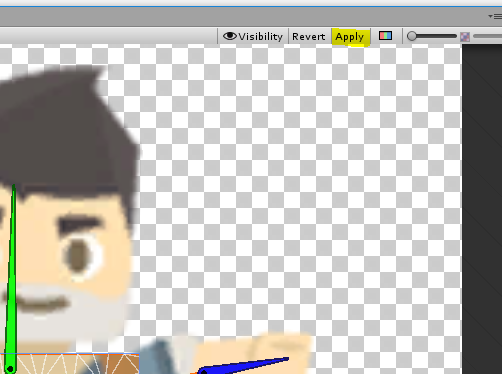
This blog post will not cover it in depth, but there is an excellent video tutorial on it on Unity’s YouTube channel. What if we wanted to make it look like one long bridge strip instead?įear not! The Sprite Editor is here to help.

In the examples above, you can see that since we are using a bridge sprite, we’re getting a shape that consists of bridge segments. Sometimes our sprites will need to be manually adjusted if we want them to be tiled in a particular way.

Let’s go ahead and add our first sprite to this shape! For this and all future examples, I’m going to be using sprites available for free from our 2D Game Kit. Under Sprites in the Inspector window, we can add or delete new sprites to the Angle Range by using the ‘+’ and ‘-’ buttons below. Having one angle range that covers the full circle means that the same sprites will be displayed at all times. An angle range determines which sprites are rendered along the path when your curve is facing that particular direction. If you take a look at the Angle Ranges circle, you notice that it’s completely filled, meaning that it has one pre-defined angle range. We can now edit our Profile in the Inspector window. Let’s start by making a Strip profile – we’ll get to angle ranges in a second. The only difference between these profiles is the number of pre-set angle ranges they come with. You will see that there are three types of Profiles available to you: Empty, Strip, and Shape. Let’s create a profile right now! To do so, right-click in the Assets window of your project and go to Create > Sprite Shape Profile. For example, we can configure which sprites are to be displayed based on the direction a part of our shape is facing, whether the shape has a fill texture, and so on. Within this asset, we assign the sprites we wish to use and tell Sprite Shape how they should be rendered. It is used to define and store information about a particular type of shape. However, to start creating paths, we must first set up an asset called the Sprite Shape Profile. Sprite Shape works by tiling sprites along spline paths created in the scene as game objects.


 0 kommentar(er)
0 kommentar(er)
